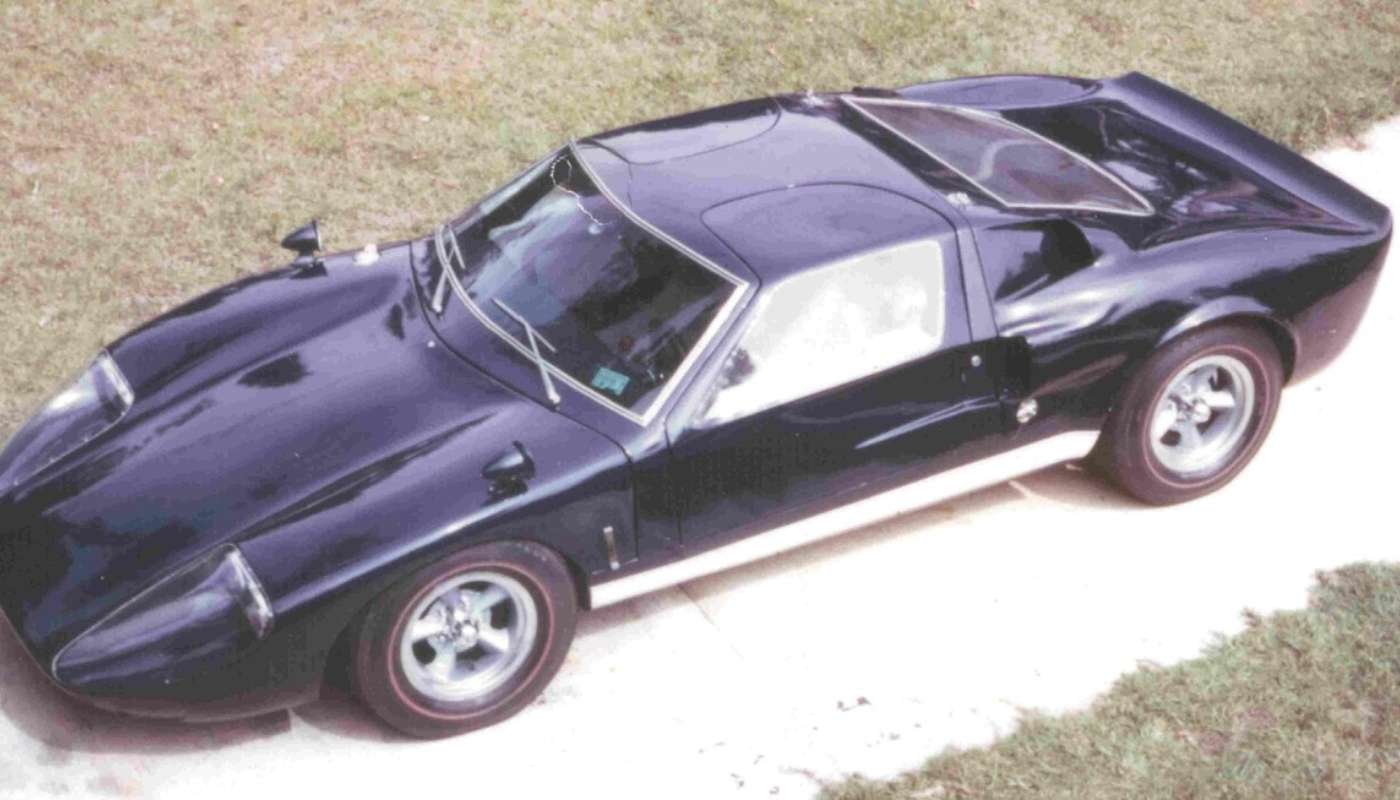
BUILDING A KELLISON GT40K IN THE 70'S: Part Three
**The following is a story about building a Kellison GT40 kit back in the 1970s utilizing a Corvair Corsa donor. The author is very thorough and there are few photos, but the account is an excellent view of what it was like building kit cars in the early days. The original text from this three-part story was taken with permission from www.kellisoncars.com.**
Story and Photos by Tom Piantanida
Chapter Three: Finishing Touches and Legalities
I began the GT40K project in Bellaire, Texas, and concluded it in Tallahassee, Florida. Oddly enough, I found another Kellison GT40K kit owner in Tallahassee. We were able to exchange information that made both of our lives easier.
In preparation for the trip from Texas to Florida, I attempted to accumulate all of the documentation that was required to obtain title and to register the GT40K. I had guessed, and rightly so, that Florida's requirements for legalizing the car would be different from those in Texas. I was also worried that Florida would not honor some of my bills of sale for parts I had purchased for the car.
One decision that pleased both my landlord and my wife caused me unbelievable grief. When I had truncated the VW pan and removed all of the saleable parts, I disposed of the dissected after section. This may seem innocent enough, but it left me with a VW pan and a VW title that were no longer related to each other. The chassis number was on the pad of the pan that I had discarded. I had no way to prove that I owned the chassis that supported the GT40K body.
The Texas Department of Motor Vehicles had a fix for such situations. It required only that a peace officer inspect the chassis to determine that there was NO vehicle identification number anywhere on it. When I contacted the DMV, I was told that their department was not authorized to examine the chassis, but I should contact the State Highway Patrol. Unfortunately, the State Highway Patrol never heard of anyone attesting the absence of a vehicle identification number; but they would be happy to verify a vehicle identification number for me, if I had one.
The Harris County Sheriff, likewise, had never been asked to perform the task of verifying the absence of a vehicle identification number, and they weren't about to start. Beside, they said, they lacked jurisdiction; I should contact the Bellaire Police Department.
When I flagged down a Bellaire Police officer, he came to my house and looked at the partially assembled car, taking quite a bit of time to examine its features. However, he could not find a vehicle identification number, so he could not verify from my VW title that I owned the vehicle. But, he was not about to stick his neck out and take my word for it that there was no identification number on the GT40K. So, at this point, I was in possession of an unidentifiable vehicle, which the local police now viewed with suspicion.
Ultimately, I was able to find a peace officer, a county constable, who would verify that there was no identification number on the vehicle. With the constable's certification in hand, I was able to get the great state of Texas to issue me a State Vehicle Identification Number and a metal ID tag to rivet to the chassis. I then officially owned a Special Construction chassis. I had worried about not having receipts for certain materials, but that didn't seem to bother the Texas DMV.
What did bother them was the engine. The Corvair title that I still had, after disposing of the chassis, did not list the engine number T0401 RY, which merely identified the engine as having 140 horsepower and a Powerglide transmission, and having been built in Tonowanda, NY, on April Fool's day of some unspecified year. Likewise, the engine did not have the vehicle identification on it, so it was impossible for me to prove that the engine in the GT40K was the very one that had been installed in the Corvair by the factory. The former Corvair owner still lived in Houston, so I asked him if he would provide me with a statement verifying that the engine I had was the one he had sold me. Since he actually had no way of knowing whether my engine was the one in the Corvair that he'd sold me, he declined my request.
After inquiries at several levels of authority within the DMV, I finally found someone who held the answer. All I had to do was to sign an affidavit stating that the engine T0401 RY was the very one that was in the Corvair when I bought it.
The next hurdle was a weight certificate. Texas needed to know just how heavy the GT40K was so that the DMV could calculate how much it would charge me to register it. But, because the GT40K was not yet registered, it could not be driven to the only location where a certified weight certificate could be issued, Mayflower Moving and Storage. So, once again it was necessary to trailer the vehicle, only this time it was much closer to functional that it was the last time it was on a trailer.
Then came further inspections. Approved windshield? Yes, it had an AS-1 certification. Backlight, standard quad headlights, wipers, taillights and brake lights, etc. Never mind that it's not drivable, it's still a motor vehicle. And, finally, I held Texas title to my very own GT40K.
The GT40K had to take a backseat to my studies for a while, so it was not yet drivable when the time came to move to Tallahassee. No problem, we could rent a car trailer from a truck rental company and haul the GT40K on that. Wrong! A one-way rental of a car trailer was not a possibility in the early seventies. It was possible to rent a car trailer, but there would be a premium equal to the amount of the one-way rental because the truck rental company would have to return the trailer to Houston.
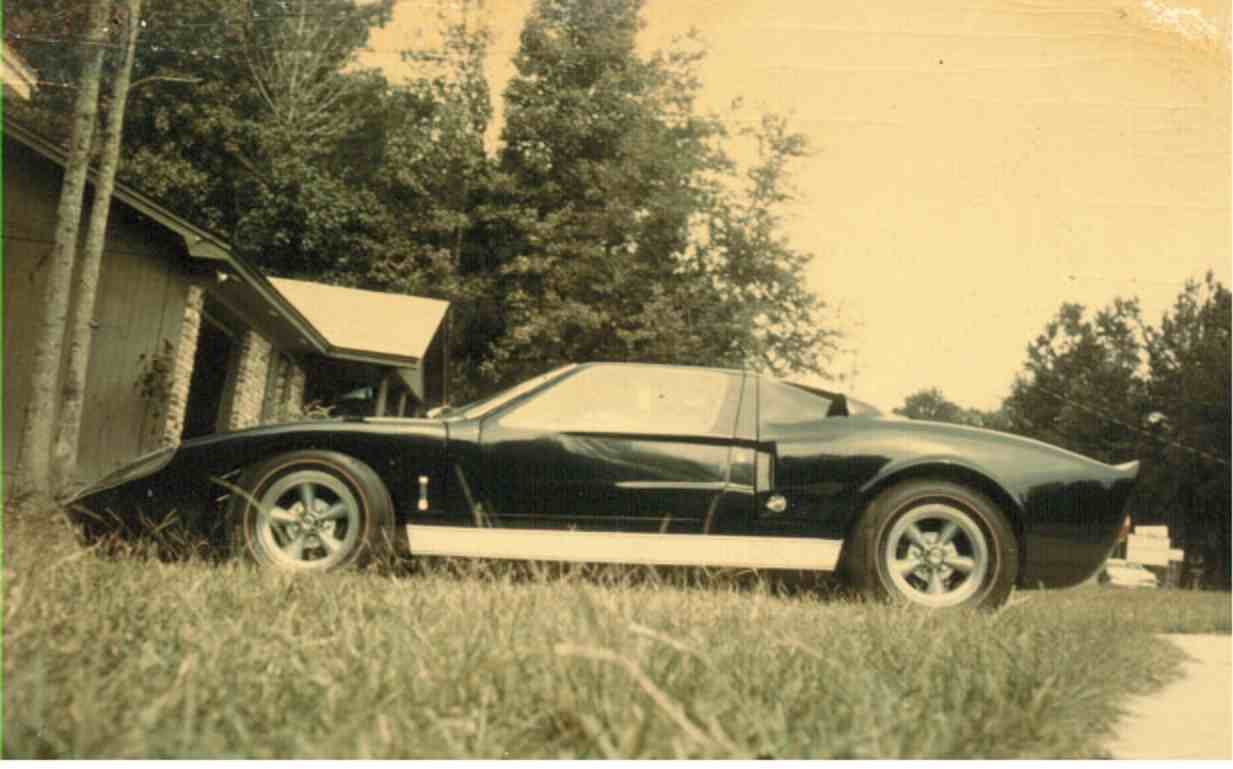
Our solution was to rent a 22-foot truck plus a 12-foot trailer, and to buy two rough-cut oak 2 x 12-inch boards. The lumber would become ramps for loading the Kellison into the truck in Houston and for unloading it in Tallahassee. Our furniture and belongings were packed carefully around the GT40K. What wouldn't fit into the truck went into the trailer. The GT40K made the trip unscathed, and then it became the occupant of yet another one-car garage; this one twelve feet wide, rather than its ten-foot-wide home in Bellaire.
Although I've alluded to building the flares and the upper air scoops in a previous chapter, they were actually constructed after the trip to Tallahassee. With most of the mechanical work on the GT40K finished, my efforts focused on bodywork, paint and interior. Using photos of Ford GT40's to determine paint and interior colors, I selected a heavyweight, gray vinyl material to upholster the interior. I farmed upholstery of the seats out to a professional, and upholstered the rest of the interior myself.
Instrumentation consisted of a matched set of Stewart-Warner Stage Ill gauges, including speedometer/odometer, 6000-rpm tachometer, oil pressure, oil temperature, ammeter, and fuel-level gauges. The dash also contained a high-beam indicator, directional indicators, idiot lights for oil temperature and pressure. These were housed in a recessed instrument panel directly in front of the driver.
I had wanted to paint the GT40K in the same shade that Ford used on the 1965 Sebring cars, but I learned to my dismay that it is exceedingly difficult to color match from photographs, especially those printed in magazines. At the time, I did not realize that the color was called Guardsman Blue, which I could have purchased at any auto-paint store. What I selected as a match was a 1973 Lincoln color called Bright Blue. The lacquer-based paint looked fine when it was being applied under artificial light, but once outside in the light of day, it was much too dark. That was a disappointment I lived with. The paint was truly beautiful, but it was the wrong color.
Painting the car was not without its moments. First, some of the primer that I had used on the car over the years was incompatible with the lacquer primer. After several attempts to find a good compromise, I had to shoot the whole car with zinc chromate primer to seal it. Only then could the real priming begin, and then much care was exercised to avoid sanding through the zinc chromate. Several color coats were then applied and the car was color sanded. It was getting late in the evening at this point, and the humidity was rising, So I decided that one more coat would do it for the night.
Just as I had applied the last coat to the front section of the GT40K, a huge moth flew into the garage, obviously drawn to the luster of the car, and landed in the wet paint. When I plucked the offender from the car. I found that he'd literally made his impression. A quick block sanding leveled the surface enough so that only I would know where the moth had landed, but when I shot on some color, the paint blushed. The humidity was too high to continue.
On the following evening, additional sanding and painting removed any lasting reminder of the moth. Several coats of lacquer with increasing amounts of thinner brought the finish to perfection. The car then sat in a closed garage at a friend's for nearly a week. That weekend, as I opened the garage door, I found that my friend had removed the vice grips from the door track, which allowed the door to fall off the end of the track onto the roof of the Kellison. More sanding, painting, and sweating ensued, but finally the exterior of the car was finished.
The upholstery was the last item to be accomplished, and when that had been completed, I could look at my GT40K with no small amount of pride.
I had been able to transfer the title from Texas to Florida with relative ease, so all that remained was to register the car. One requirement for registration was a State of Florida inspection, which is done at official inspection stations. I got a temporary permit to drive the GT40K to the inspection station, listening intently for any signs of impending mechanical failure. There were none. At the inspection station, the officer filled out various forms as I answered his many questions. When he came to the part where he asked, "How many miles on the car?"
I answered, "Eleven"
"Eleven thousand?"
"No. Eleven miles. That's how far I live form this inspection station."
All the necessary items checked out, and I was issued my inspection sticker. With that and money, I was able to register the GT40K as an Assembled Vehicle.
What turned out to be the First Annual Tallahassee Rod and Custom Show was about to be held under the guidance of Neil Davis of N&E Speed & Machine, so I entered the GT40K, which was then displayed in a prominent location. At various times during the show, I overheard adolescent males describing to their dates how the doors on the GT40K were gull-wing doors, which opened up, rather than out. Usually, after the explanation, I would open the doors: which, of course, were hinged like most car doors.
At the end of the show, my GT40K was awarded Best Custom and Best of Show, and my daughters also were awarded a prize for having polished the most fingerprints off a car. I drove the GT40K sparingly, and about a year later, I trucked it to Atlanta to a Hudson & Marshall Specialty Car Auction, where I sold it. A few years later, I was contacted by a subsequent owner who had crashed the car and wanted to know if I would be willing to repair it for him. I declined, telling him that I much preferred to remember the GT40K as it had appeared at the Rod & Custom Show and at the auction. And that's how l remember it still.

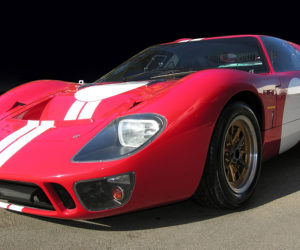
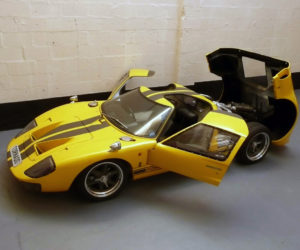
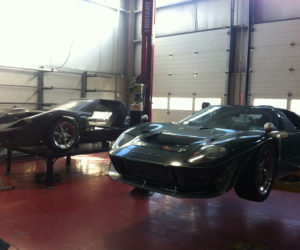
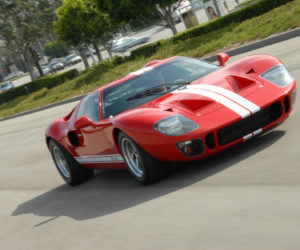
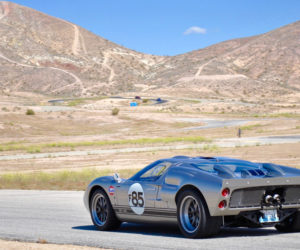
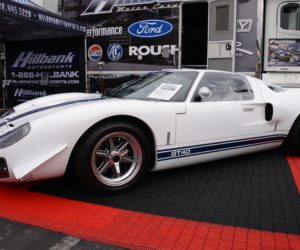




Comments for: BUILDING A KELLISON GT40K IN THE 70'S: Part Three
comments powered by Disqus